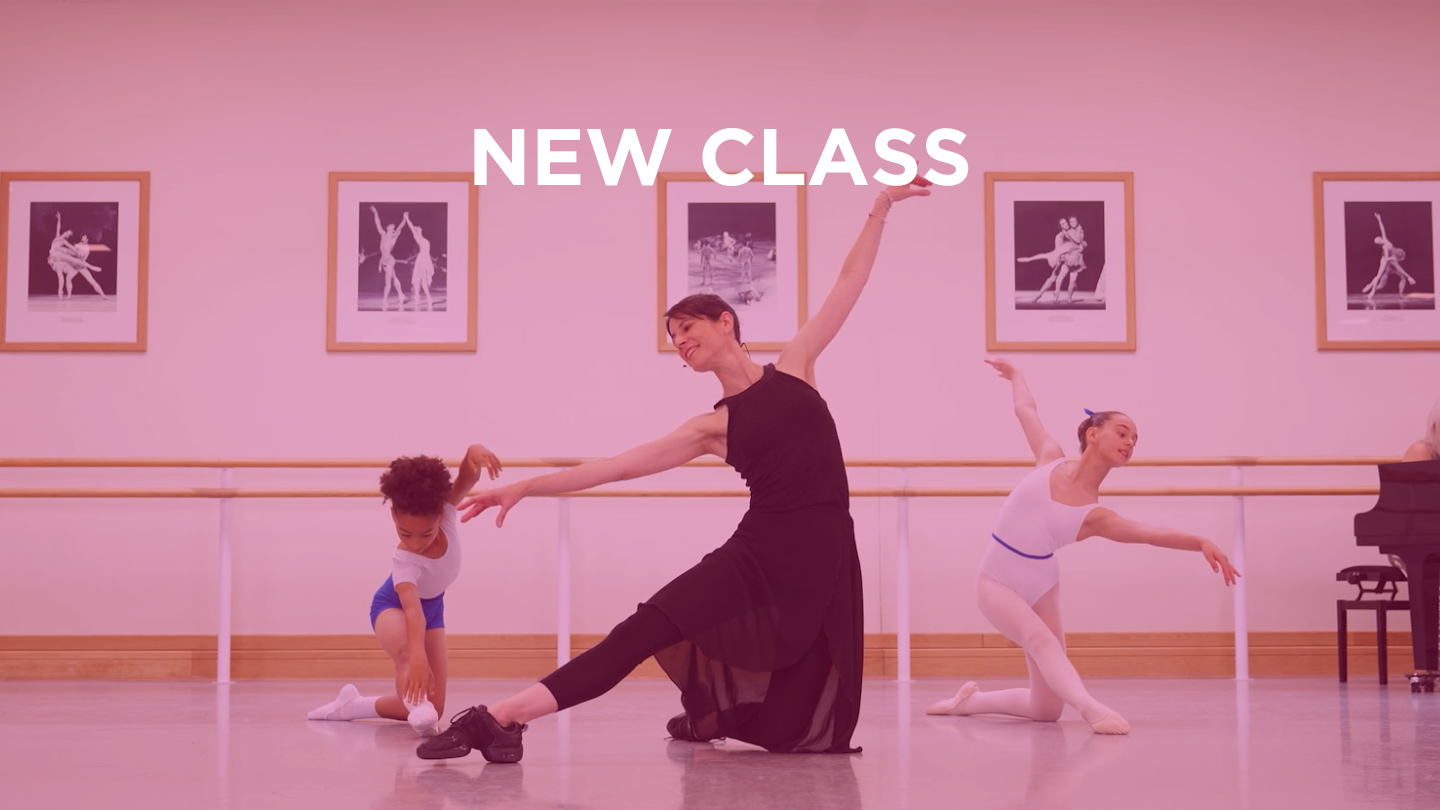Junior Associate insight class: exploring creativity through movement
Experience a typical Junior Associate class focused on creativity and expressive movement.
£12.00
- 1 Class
- Suitable for 7+
This imaginative class encourages young dancers to explore creativity through expressive movement. Students will explore their kinesphere and experiment with shapes, space and dynamics using creative imagery such as paint and fire. This session challenges students to move beyond their comfort zones and bring their own personality, ideas and energy into their movements.
This lesson is also included in the Junior Associate Programme insight bundle.
What you will learn
-
Explore space, shapes and dynamics through creative imagery
-
Challenge yourself to move and express ideas in new ways
-
Discover how creativity supports classical ballet training.
Your Tutors

Natalie Krapf
Associate Teacher
Natalie is a Junior Associate Teacher and ATAP Tutor for The Royal Ballet School, Dance Artist for English National Ballet, Guest Teacher for Central School of Ballet and private ballet coach. She formerly taught for The Royal Ballet School’s Primary Steps programme and the Royal Opera House’s Chance to Dance program. Natalie was born in the United States, where she studied the Vaganova Technique under Beatrix Aldana de la Roche du Ronzet and danced with the Orlando City Ballet. Natalie holds a Diploma in Ballet Education from The Royal Ballet School, a Professional Graduate Certificate in Dance Teaching from The Royal Academy of Dance, and a Licentiate in Russian Ballet Teaching from the ARBTA.
Frequently Asked Questions
Who can participate?
This class is recommended for students aged 7+ and reflects the training given to students aged 7-10 as part of The Royal Ballet School’s Junior Associate Programme. The class is not suitable for beginner students or students under 7 years old.
For this class, we recommend that:
- Students are studying a syllabus delivered by a recognised classical dance awarding body
- Students have a good knowledge and understanding of ballet vocabulary.
What do I need to participate?
These classes are designed so that they can be executed in a smaller space than a ballet studio. We ask that students/parents ensure that:
- The student meets the technical standards required for the class
- Any apparatus used for a barre is stable and safe
- The floor is not slippery, uneven or hazardous
- The area used for dancing is cleared of any items which could hinder the student’s ability to fully extend their arms and legs. There should be enough space for reasonable movement. If a student cannot fully execute an exercise, they should either adapt appropriately or not participate
- The student is able to clearly hear the teacher’s verbal instruction, see the teacher’s practical delivery and hear the music
- The student is appropriately dressed to safely execute a dance class. Soft ballet shoes should be worn for ballet, not pointe shoes. Bare feet, socks or suitable shoes should be worn for contemporary and Pilates
- The student’s hair is suitably tied back
- The student is fit and well in order to take part.




